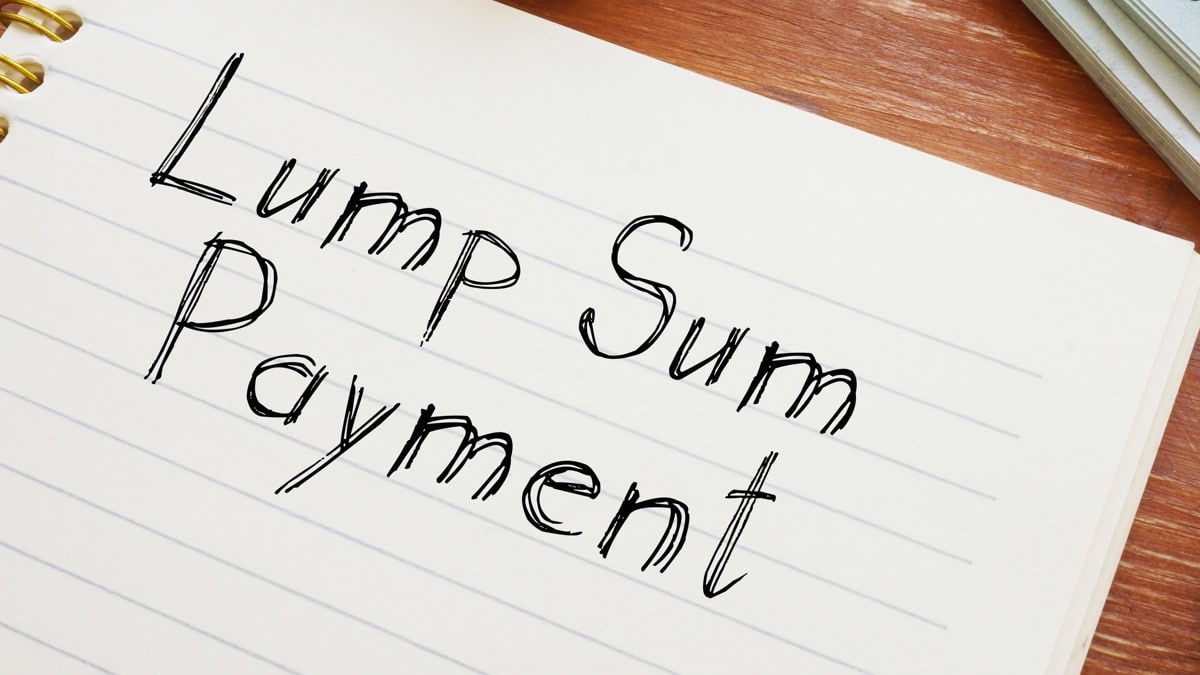There are essentially two ways to access amounts from your SMSF pension account(s): as a pension payment or a lump sum. The method you choose can have a significant effect on your retirement savings.
Why? Because the transfer balance cap imposes a lifetime limit on balances that can be moved from the accumulation stage of super into the tax-free “retirement” or “pension” phase.
Read more about the transfer balance account.
When you start a retirement phase income stream (a pension), the starting value is assessed against this lifetime limit, which is currently $1.9 million. Once this has been used up, you can’t move any further amounts into the tax-free retirement phase from your accumulation account.
You also need to keep in mind that pension payments you withdraw from your fund DO NOT reduce the amounts that have been assessed against your transfer balance cap. The pension payments only reduce the pension balance.
Example
Amanda (63) starts a retirement phase pension with $1.9 million on 1 July 2024. She takes the minimum pension amount for the year for someone her age, being $76,000 (4% x $1.9 million).
In June 2025 Amanda decides to take a further pension payment of $50,000 to pay for an overseas family holiday.
Amanda’s pension balance at year end, assuming no earnings, would be $1.9 million less $76,000 less $50,000, or $1,774,000.
However, Amanda’s transfer balance account would still be $1.9 million.
What if Amanda instead requested a lump sum payment from her pension, often referred to as a lump sum commutation? Not only will that lump sum payment reduce her pension balance, but it will also come off her member’s transfer balance account.
This would then allow a transfer of further amounts held in the taxable accumulation phase, into the tax-free retirement phase.
Example
Amanda starts a retirement phase pension with $1.9 million on 1 July 2024. She takes the minimum pension amount for the year, $76,000.
In June 2025 Amanda decides to take a further payment of $50,000 to pay for an overseas family holiday and she does this by requesting a lump sum payment (commutation) from her pension.
Amanda’s pension balance at year end, assuming no earnings, would be $1.9 million less $76,000 less $50,000, or $1,774,000.
However, Amanda’s transfer balance account balance would now be $1.85 million, the $1.9 million pension starting balance less the $50,000 commutation.
This means that Amanda would now be eligible to move a further $50,000 from any amounts held in her taxable accumulation account into a new tax-free pension account.
As you can see from the above, it’s important to have a clear understanding of the difference between pension payments and lump sum payments, and the processes required to get the best outcome from your fund.
Pension payments
Pension payments are made based on a written, ongoing agreement between the fund member and the fund trustee where a series of payments is made over time.
The frequency of the pension payments is based on the pension agreement and could be weekly, fortnightly, monthly or even one pension payment made annually from the fund.
Irrespective of the frequency, all these ‘linked payments’ would be considered pension payments due to the ongoing obligation for the trustee of the fund to make that series of payments.
The key is having the appropriate pension documentation in place at the start of the pension.
Lump sum payments
A lump sum payment refers to a one-off payment from a super fund on the written request of a member. Once paid, there is no further obligation to make any further payments.
Again, it is the paperwork in place at the time that determines how payments will be treated. In the case of a lump sum, it would be in response to a member’s request for a one-off, lump-sum payment to be made.
Process and procedures
Become a member to continue
- Comprehensive super and SMSF rules in plain language
- SMSF specific strategies and checklists make admin a breeze
- Discover most popular SMSF investments
- Newsletters and webinars keep you up-to-date and compliant



Leave a Reply
You must be logged in to post a comment.